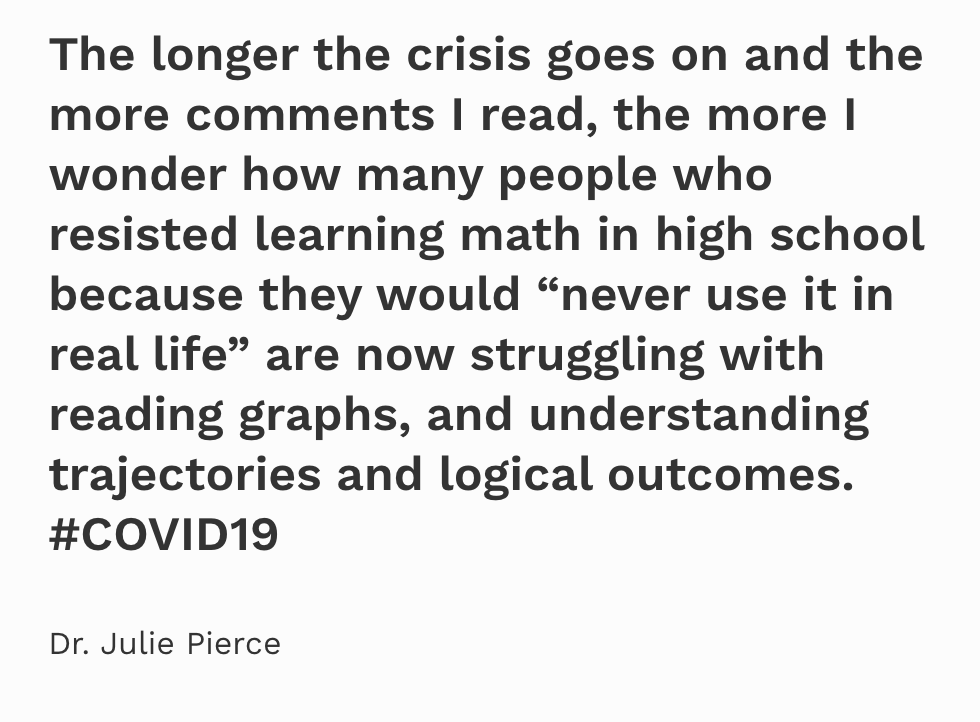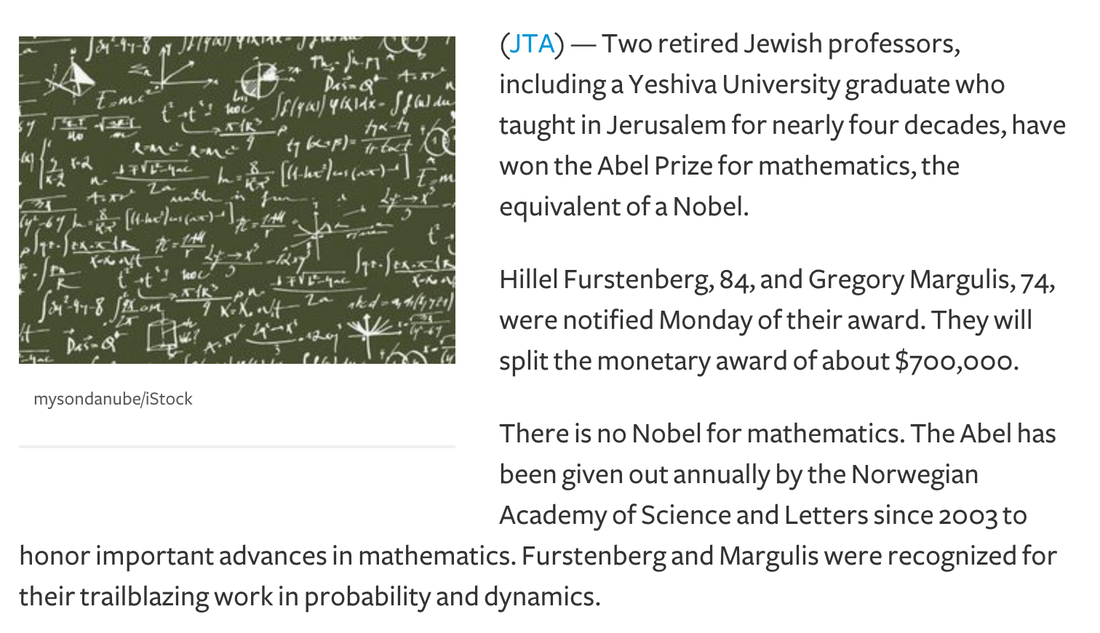I do believe that I have taught Ryan all five years of high school though I MIGHT be wrong. Actually, now I'm doubting myself. Did you have Ms. Sidhu in grade 9 Ryan? For some reason I have a terrible time remembering who I did and did not teach in grade 9. What did we do in that year anyway?
Watch almost any teen movie (at least any one from my childhood in the '80s) and there was always the one lovable "Gentle Giant". That's Ryan!! Looks a little imposing when you first see him but - immediately upon meeting him - you realize that he is like the BEST guy ever. Thoughtful, kind, goofy, funny, self-expressed...
And LOUD! Ryan has always been very loud. I think, in fact, I may have yelled at him once at the start of grade 10 for making too much noise (great way to deal with noise... by yelling). Sorry about that, R.O. It happens...
The best thing about Ryan is his sense of humour. This guy loves to laugh. At his friends. At me. At weird things happening in the world. And - most impressively - at himself. Ryan is one JOVIAL dude. Who doesn't like being around someone like that?
It has been awesome teaching you, Ryan. One of the (many) things that is rotten about this Covid pandemic we find ourselves in, is that I will soon be losing time that I could be spending with wonderful people like you... and you aren't coming back next year! :(
Who knows... maybe we have shared our last class together already! Hope not! What a lousy ending that would be!
Keep smiling and laughing, Ryan. And putting so much joy out into the world for others to enjoy. I feel blessed to have shared so many laughs with you. Thanks for making my classes more interesting, enjoyable, and fun! Love ya, Ryan!







 RSS Feed
RSS Feed